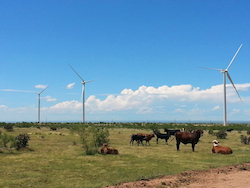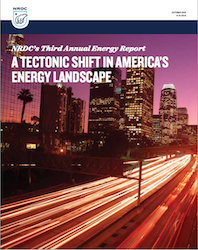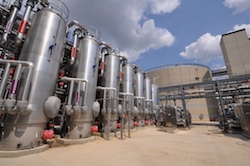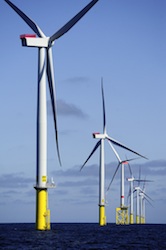 A Canadian biodiesel company gets a new name and a new website. Evoleum, formerly known as QFI Biodiesel, says the name change better reflects the evolution of oil, and the new website reflects its essence, focused on innovation and sustainable development.
A Canadian biodiesel company gets a new name and a new website. Evoleum, formerly known as QFI Biodiesel, says the name change better reflects the evolution of oil, and the new website reflects its essence, focused on innovation and sustainable development.
This new identity showcases a very genuine renewal. After it was founded in 2010, the company faced major growth challenges. It responded by bringing in an experienced management team capable of piloting a sharp increase in production, and brought in solid investors.
Evoleum helps large Quebec companies now reliant on polluting fuels (diesel or bunker oil) reduce their environmental footprint by supplying them with biofuel made from recycled waste, such as used restaurant oil. Converted into biodiesel or biobunker, this product is more than 95 percent biodegradable and emits no greenhouse gases, thus making it the ecological choice and enhancing these companies’ environmental image.
“An interesting benefit is that switching to biofuel will earn companies credits in the carbon market. In Montreal in July 2015, this represented an immediate discount of 4.8 cents a litre on biodiesel,” explains the new CEO, Dominic Voyer.









